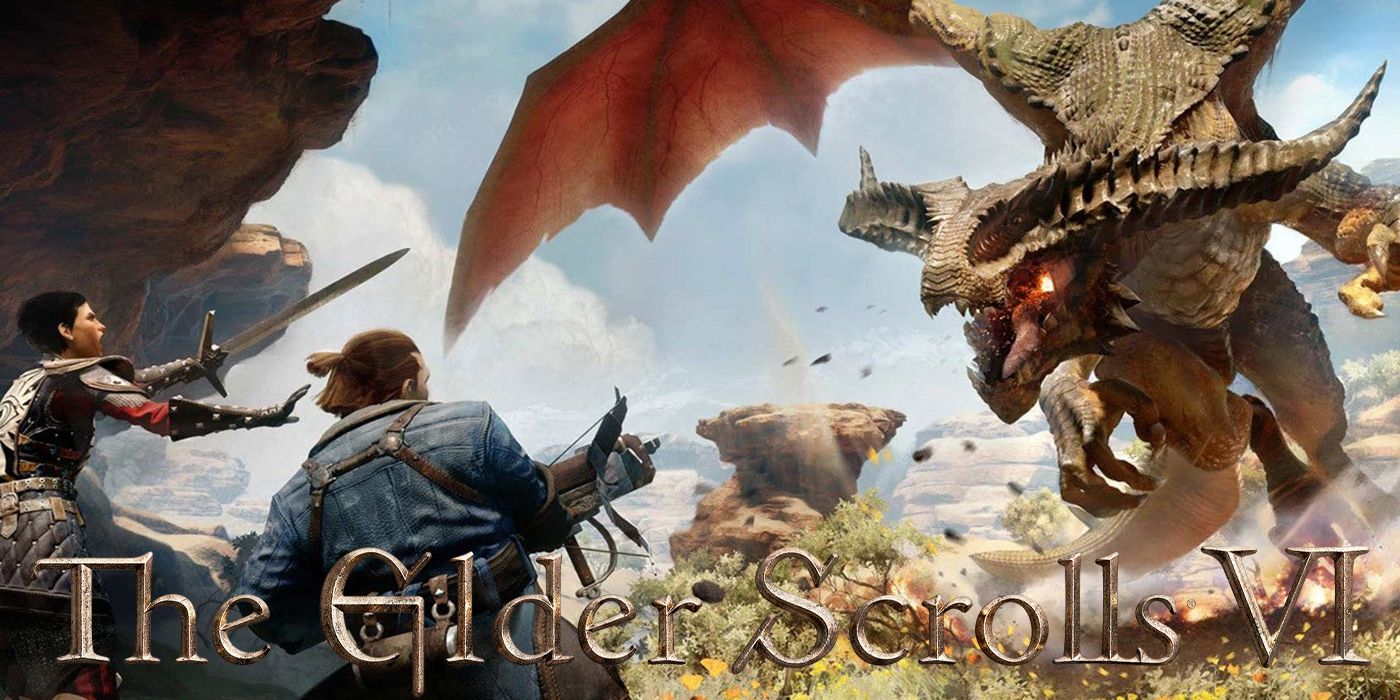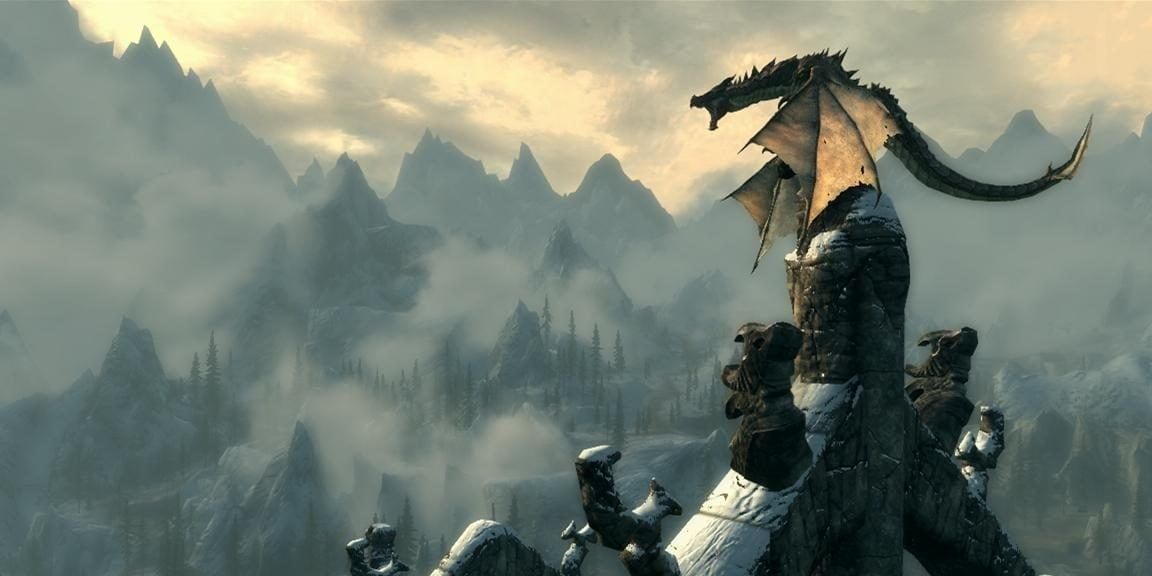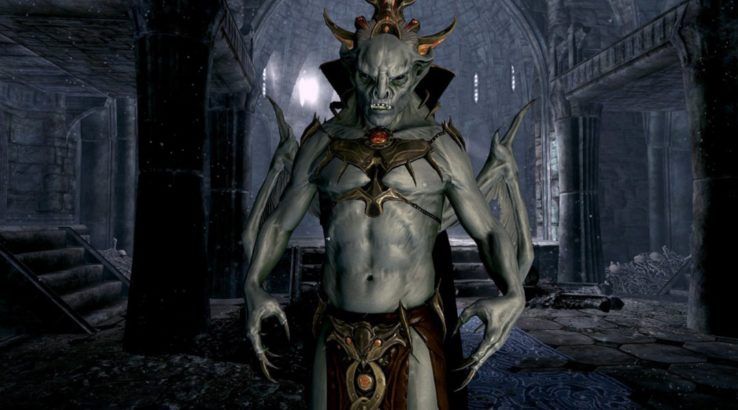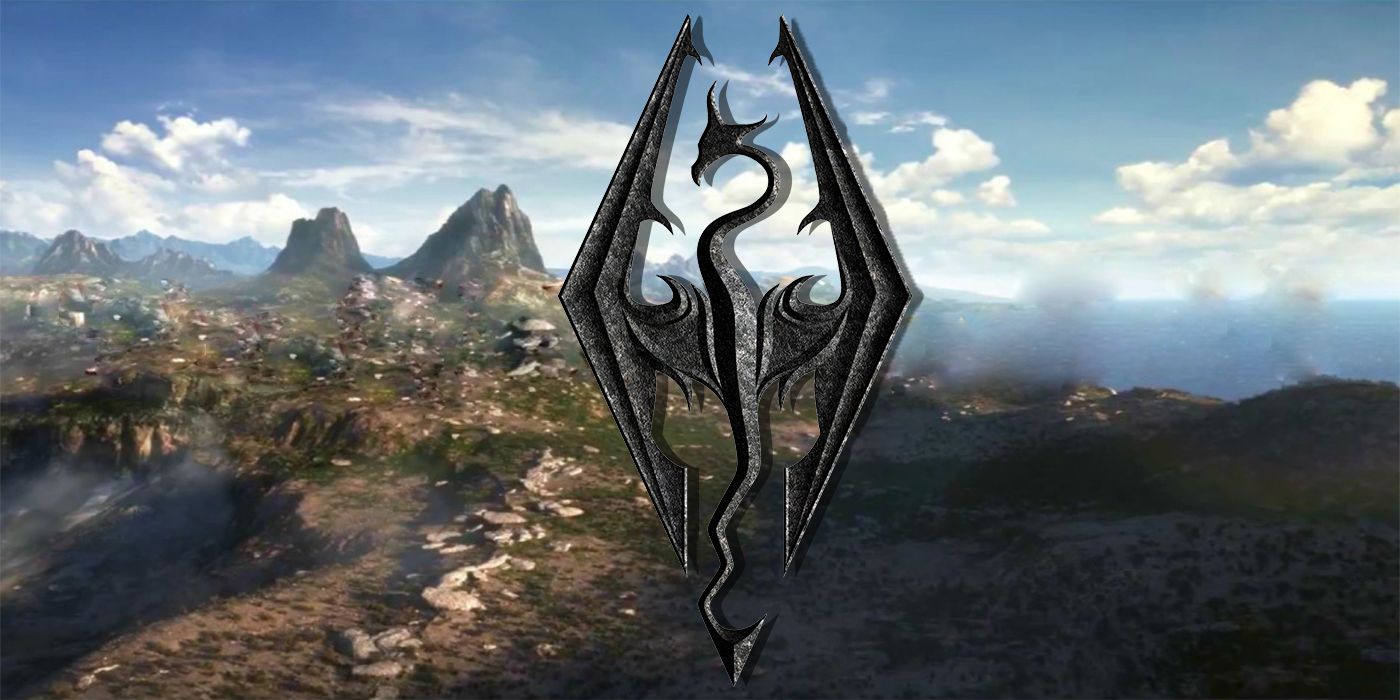With the next generation of consoles just around the corner and news about the next chapter in Bethesda’s flagship franchise still potentially years away, the future direction of the RPG genre remains uncertain. Looking back on the last decade, however, one thing is clear: there’s one big feature The Elder Scrolls 6 should ‘steal’ from Dragon Age if it’s going to keep its edge.
The Elder Scrolls series has long presented players with fantastic sandboxes to explore but has always prioritized breadth over depth. The Elder Scrolls 6 should take a page out of Bioware’s book, and invest more into the companion characters players spend most of their time with throughout its games.
The Elder Scrolls’ Strengths (and Biggest Weakness)
Skyrim was the most commercially successful Western RPG of the last ten years, selling over 30 million copies and marking a dramatic turn in the genre, with rival developers scrambling to turn their fantasy stories in into huge explorable open worlds. The origins of the series' companion problem are rooted in The Elder Scrolls' greatest strength, the size of its world. In Inquisition, there were only 9 companions, but each Dragon Age companion has their own moral alignment and unique motivations, many of which are not revealed until the player has spent enough time with the character.
Skyrim has over 70 available followers, almost all of them one-dimensional, and some of them, like the mercenaries a player can hire, practically indistinguishable from one another. The issue is exacerbated by the fact that many of these followers are voiced by the same actors, and for almost all of them the relationship they have with the player is left to the imagination. Even the best followers in Skyrim fall victim to a lack of real development or participation in the story.
The contrast between the handling of romantic relationships in both franchises is equally stark. In Dragon Age: Origins, for example, a player can have a romantic relationship with Morrigan the apostate witch throughout the game, only for it to be revealed near the story’s climax that she was using the player in an attempt to conceive a demonic child for her own ends using the player's Darkspawn blood, re-contextualizing the entire relationship. For some fans of the franchise, their biggest complaint with its romance is simply the lack of dwarves to romance in Dragon Age.
Another player might form a relationship with Grey Warden and heir to the throne Alistair and not only see him progress from lovable man-child to a King worthy of his inheritance, but have a direct impact on the kind of King he will grow to be through key story decisions. Despite their mechanical role as combat aids to the player, Dragon Age companions' motivations do not align with the player by default and can even contradict them entirely.
In Skyrim, the first step of any romantic relationship is a proposal of marriage initiated by putting on an Amulet of Mara and unlocking the same generic dialog option with each NPC, who will, inevitably, accept. From then on, that NPC will refer to the player in generic affectionate terms, but there is no story to speak of and no identifiable desires of the character independent of their relationship with the player. There are no complications or even hints at their external life, and there's little distinction between the best and worst romances in Skyrim.
There may be more cities to explore, more quests to complete, and more varied races in The Elder Scrolls, but Bioware has consistently succeeded at creating compelling characters whereas Bethesda has created a cast of characters that are vast but quickly revealed to be shallow upon closer inspection.
Skyrim: Creating Depth in Open Worlds
That's not to say that Elder Scrolls cannot create character depth, however. Serana in Dawnguard is a great example of a companion whose story the player can become just as invested in as their own because her character arc is in direct conversation with the broader narrative of the Dawnguard DLC. Like the player, she has a real stake in the events of the world.
Serana's entrance alone is interesting enough to encourage the player to invest in her story; she is dramatically unsealed from a coffin by the player at the end of a sprawling crypt. In contrast, a character like Lydia has her service as a housecarl simply gifted to the player as a quest reward, has no backstory or personal motivations despite being connected to the game's main questline, and is STILL one of the best wives players can find in Skyrim.
Serana enters the story with an intriguing backstory and clear motivation – she wants to return to Castle Volkihar, a motive complicated by her hostile relationship with her Vampire-Lord father, and her own reluctant Vampirism. This complexity is possible because Dawnguard as a DLC limits the scope of its story in a way the broader game does not. Its characters are consequently far more believable as a result.
Skyrim's DLC isn't the only Bethesda work that has shown its focus on characters. For all its flaws - Fallout 4's main story is riddled with plot-holes - the last Fallout game also demonstrated Bethesda’s increasing ability to create compelling companion characters with its own stories to tell, like Nick Valentine, the noir detective-turned robot with unfinished business, or Piper, the journalist introduced as she’s thrown out of the same city the player is attempting to enter. Compare Fallout 4 to Skyrim in this regard, and the older game comes up short.
The Elder Scrolls 6: The Next Step
Bioware and Bethesda are emblematic of the two schools of design developed in Western RPGs during the 2010s. The former prioritized character complexity and relationships at the expense of world exploration, while the latter prioritized its open world at the expense of character depth. Synthesis between these approaches has been attempted – Bioware has aimed to create a more open world in its last few games, but the result has been mixed with many players who found areas like Dragon Age: Inquisitions' Hinterlands area to feel empty and lacking inhabitants with real personality compared to the series’ standard.
If Bethesda is to create an Elder Scrolls game worthy of the next generation, it is going to need to reduce the literal scale of its ambition and focus on its emotional depth. That isn’t to say that the series should abandon its award-winning and consistent open worlds that marked the series' success from Morrowind to Skyrim, but that the developers should prioritize some key characters, fully fleshing out their various potential relationships with the player and tying them deeply to the story of the world.
It’s a big task, but one the team will have to embark upon if it is to push the series further and extend the boundaries of player immersion, rather than have its next installment retread old ground with new graphics.
The Elder Scrolls 6 is in development.




